New research reveals how microscopic “water bears” use a molecular switch to survive conditions that would kill any other creature from deep space to boiling acid.
The Unkillable Microscopic Superhero
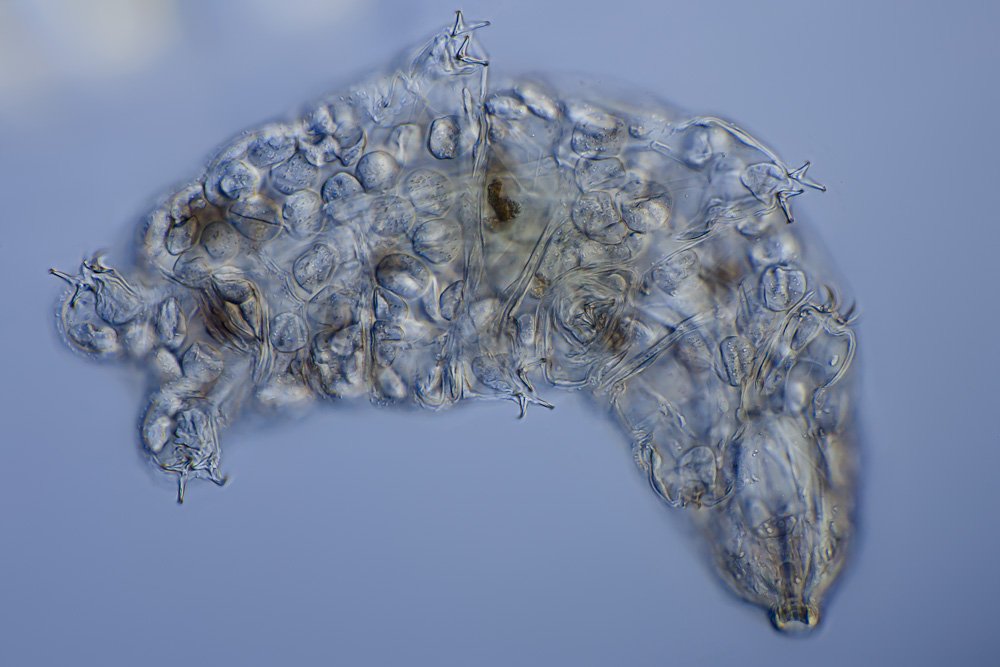
Tardigrades also called water bears or moss piglets are nature’s ultimate survivors:
- Withstand temperatures from -272°C to 150°C
- Survive in space (as proven by 2007 ESA experiment)
- Go without water for decades by turning into glass
- Endure radiation 1,000x lethal human doses
Now, scientists have discovered their secret: a molecular “on/off” switch that triggers suspended animation.
The Discovery: A Stress Sensor Like No Other
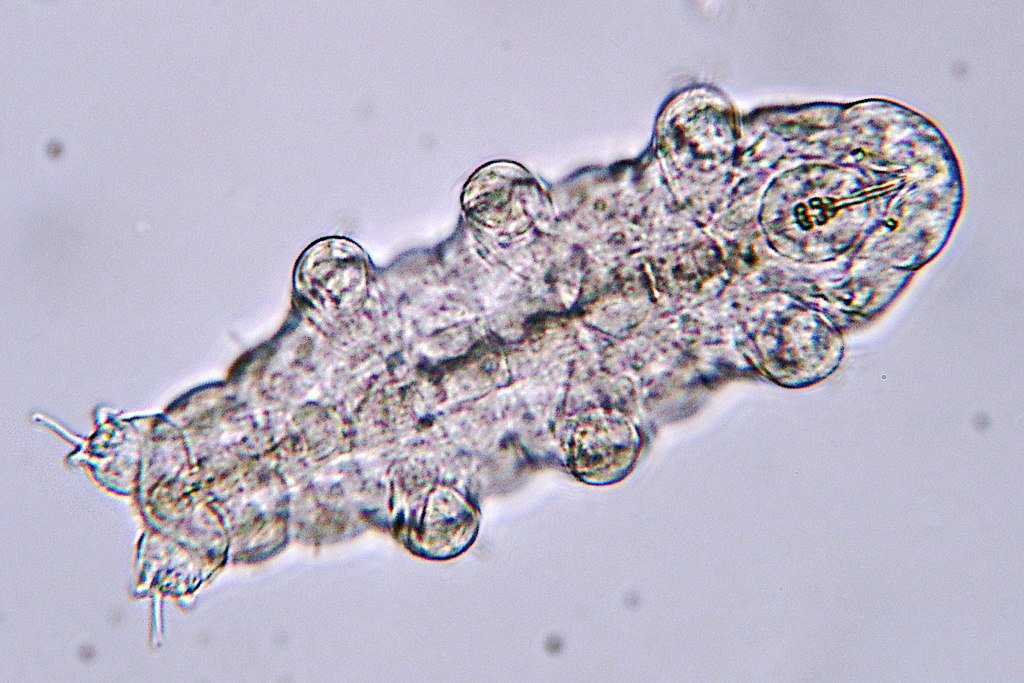
Researchers at UNC Chapel Hill and Marshall University found:
- Cysteine oxidation acts as the tardigrade’s emergency alarm system
- When exposed to stress (freezing, drying, radiation), reactive oxygen species (ROS) spike
- This oxidizes cysteine amino acids, triggering the tun formation a shrunken, lifeless-seeming ball
“It’s like flipping a light switch to ‘pause’ life,” explains Dr. Leslie Hicks, is the lead chemist on the study.
The Experiment That Cracked the Code
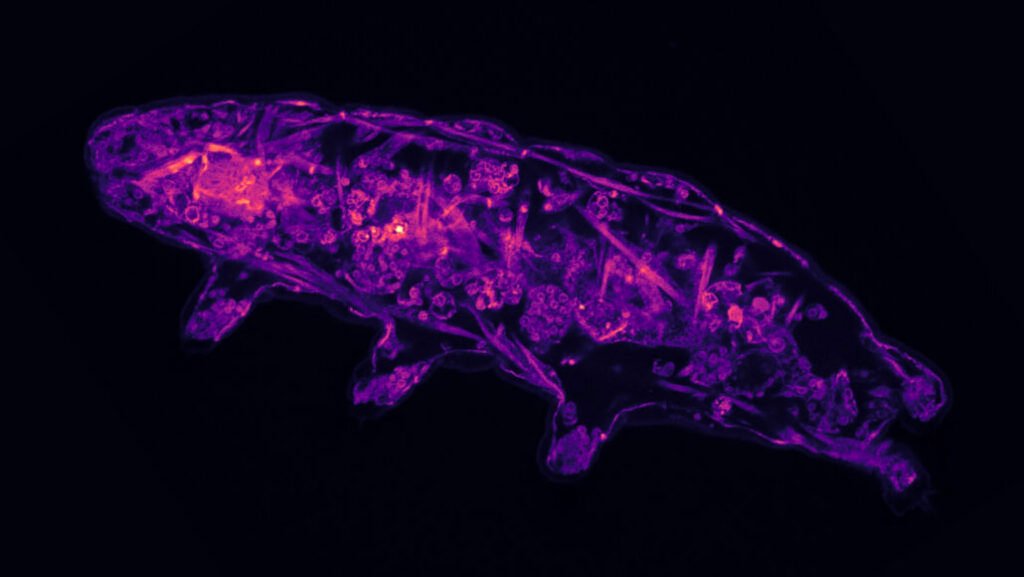
The breakthrough came from stress-testing tardigrades with hydrogen peroxide:
- 750 μM H₂O₂ exposure: 100% entered tun state within 12 hours
- Cysteine blockers added: Tun formation failed → tardigrades died
- Reversal test: Removing oxidants “rebooted” active tardigrades
Key finding: Without cysteine oxidation, tardigrades lost all survival abilities proving it’s the master regulator.
From Sci-Fi to Reality: How “Tun Mode” Works
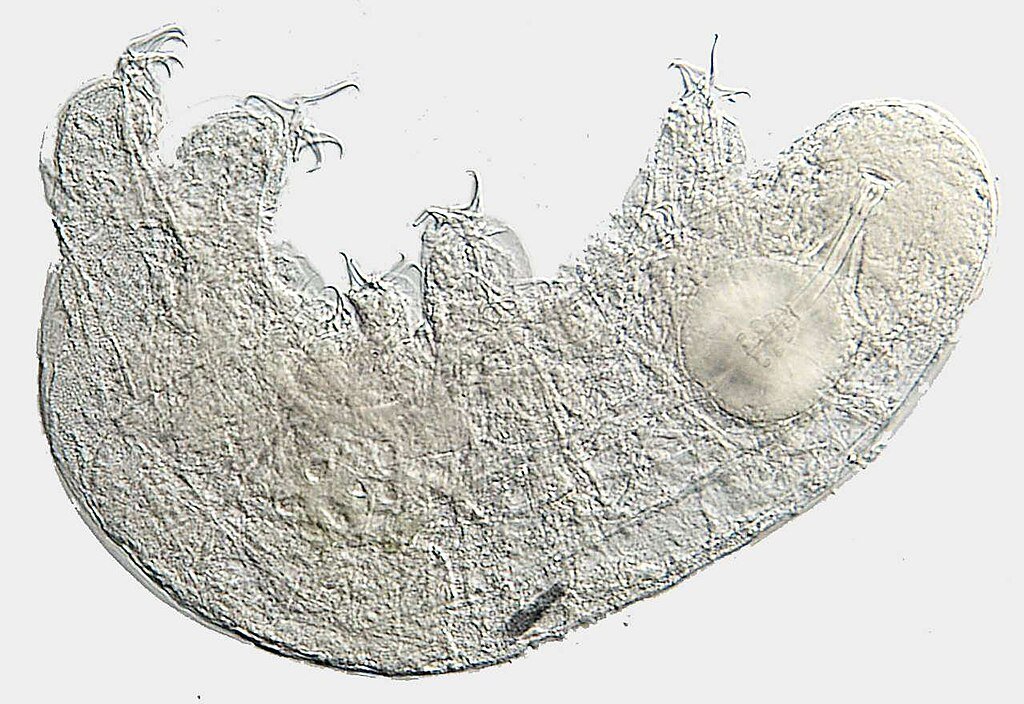
When the cysteine switch flips:
- Limbs retract into barrel-shaped “tun”
- 99% water expelled (replaced by protective sugars)
- Proteins vitrify (turn to glass) to preserve cellular structures
- Metabolism drops to 0.01% of normal
“They’re not just surviving, they’re cheating death by temporarily not existing,” says Dr. Derrick Kolling.
Why This Matters Beyond Cool Biology

Potential applications being explored:
- Vaccine stabilization (no more cold chain needed)
- Organ transplant preservation
- Long-term space travel protections
- Radiation shielding for cancer treatments
Controversy: Some species survive without forming tuns suggesting alternate pathways yet undiscovered.
The Next Frontier: Engineering Immortality?
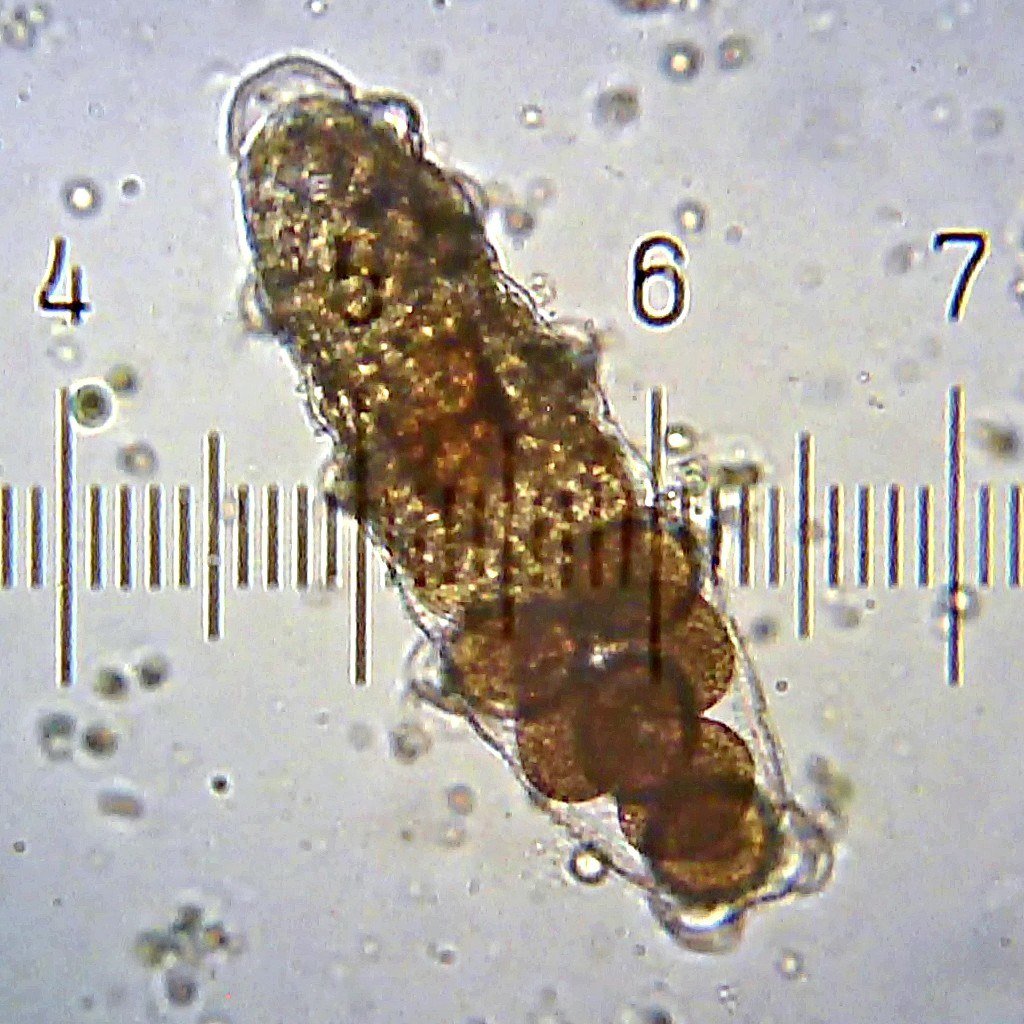
Researchers now aim to:
- Map all oxidation-sensitive proteins in tardigrades
- Test synthetic cysteine triggers in other organisms
- Explore “tun genes” for bioengineering applications
“We’re not making humans immortal yet,” jokes Hicks. “But we might save your laptop from frying in the desert.”
Sources:

Jan loves Wildlife and Animals and is one of the founders of Animals Around The Globe. He holds an MSc in Finance & Economics and is a passionate PADI Open Water Diver. His favorite animals are Mountain Gorillas, Tigers, and Great White Sharks. He lived in South Africa, Germany, the USA, Ireland, Italy, China, and Australia. Before AATG, Jan worked for Google, Axel Springer, BMW and others.




